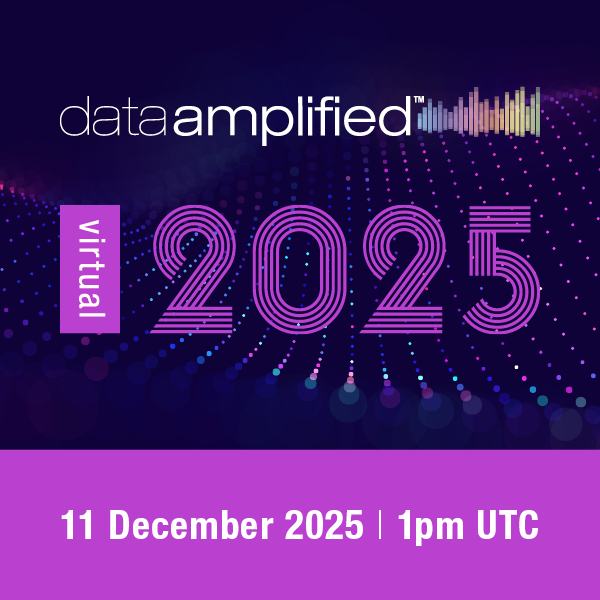EU Omnibus vote materially waters down sustainability rules

The European Parliament has voted to significantly narrow the scope of the Corporate Sustainability Reporting Directive (CSRD) and Corporate Sustainability Due Diligence Directive (CSDDD).
Rolling back these two key ESG reporting requirements marks a reversal in the EU’s regulatory ambition, with climate transition plans eliminated and company thresholds raised significantly, excluding the vast majority of firms from the rules.
The “marked up” version of the legislation was only made available late last night, and we expect that anyone that is impacted by these changes will be inundated with information and analysis about the broad brush changes from many directions over the next few days. We are limiting our comments here to basically what — we think — are the digital reporting implications.
Please bear in mind that nothing is final yet. There were something like 70 amendments voted on, around about half that passed and half that failed. Combining them into a completely cohesive text is likely impossible, but in any event, that’s what the “Trilogue” negotiations, which start next week, will be about. So please bear with us — these changes may change. And we may not have them 100% right in any event! It’s fresh news.
First up: Coverage shrinks, intensity increases. CSRD becomes a pretty-large-entities regime (+€450M turnover, +1750 employees). But for those entities, once digital tagging is fully active, expectations around XHTML, tagging, limited assurance, and value-chain governance will be high, bearing in mind that the overall population is much smaller.
Next: Digitalisation is delayed but not abandoned. Mandatory XHTML + ESRS (ie: Inline XBRL) tagging is paused until a digital taxonomy is adopted by way of a Regulatory Technical Standard (RTS). Right now, combined with the scope and date changes, we think that likely means no full machine-readable CSRD sustainability reports from the new top-tier cohort before ~2029, assuming that FY2027 is the first CSRD year. If that happens, we expect that ESMA will recommend the publication of its necessary digital taxonomy RTS in such a manner as to align with the release of the ESAP portal (bearing in mind that both ESAP and the RTS get their own “sunrise” periods).
With an extremely favourable wind that might mean 2028, but we suspect that sustainability disclosures will stay as “paper under glass” until the following year. Of course, we fully expect that many AI-driven products will announce that they have full coverage of those PDF disclosures, but they will all come to different conclusions about what individual management teams are trying to get across.
Third: Value-chain digital data becomes voluntary, template-based and capped. ESRS and audit rules will cap mandatory value-chain requests at 1750 employees and €450m turnover, channelling everything below that through the voluntary (but structured) SME/VSME standard. This pushes a lighter, template-based digital footprint for SMEs, which can and should still be published as Inline XBRL (using the VSME taxonomy) but on a voluntary basis. We understand what the legislation intends, but we are also quite sure that banks, investors and large conglomerates can ask for whatever “voluntary” information they want. Still — the VSME mechanism works and people seem to like it so we will keep our fingers crossed.
Fourth: Relevant to some — Sector comparability in digital form will be weaker as there will be no binding sectoral ESRS standards, which means less uniform sector-level tagging. More reliance on guidance and materiality might be good for burden reduction, but it reduces the “hard spine” of comparable datapoints within a sector in the digital layer, reducing the utility of the disclosures for investors and users.
Fifth: There appears to be an explicit invitation to encourage AI-enhanced tagging, as well as enhanced use of templates for CSDDD in particular, but also CSRD reports.
For Digital Reporting professionals working on sustainability data in Europe, we think this all amounts to the following three points:
- There’s a smaller but more complex mandatory population that will need high-end tagging, QA, and assurance support. There should be a focus on integration between CSRD, Taxonomy Article 8, and CSDDD risk-mapping.
- There is (from now) a large voluntary / value-chain market that can leverage the VSME-based templates and create an XBRL-JSON “lite” ecosystem (portals, supplier questionnaires, investor, supply chain, bank/insurer data requests) that then transform this data into standardised Inline XBRL reports and on to analytics.
- There is a regulatory mandate to explore AI-enhanced reporting, with direct opportunities to argue for LLM- {Ed – and other AI} assisted tagging on top of robust taxonomies, digital envelopes, and validation.
All of that said, as things stand, regulatory choices on the RTS timeline, assurance standards and VSME design will determine whether the EU’s CSRD delivers a high-quality, AI-ready digital dataset or reverts to largely unstructured reporting that will be subject to all kinds of interpretations by people and machines alike.






